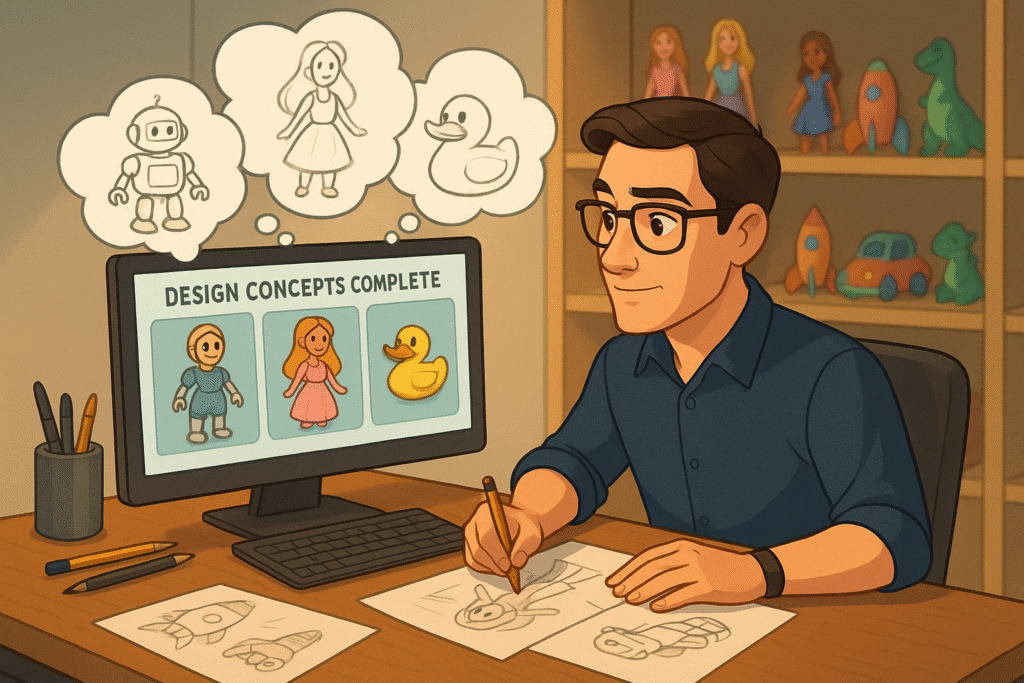
Mattel announced something that sounds like sci-fi but is happening right now.
The toy giant behind Barbie, Hot Wheels, and Fisher-Price is partnering with OpenAI to use artificial intelligence for designing new toys and “reimagining new forms of play.”
They’re not talking about adding voice features or app connectivity here.
Mattel is using ChatGPT Enterprise to reshape its entire product development process — from initial ideation to consumer engagement strategies.
Josh Silverman, Mattel’s chief franchise officer, says they expect to announce the first AI-designed product from this collaboration later this year.
Here’s the thing that got my attention:
This is not another weird plan to replace human creativity with algorithms.
Mattel is essentially giving its design teams a supercharged research assistant that can analyze massive datasets, identify hidden consumer behavior patterns, and generate creative concepts, faster than could ever have been possible until now.
The huge breakthrough is using AI to bridge the gap between what kids say they want and what actually keeps them interested long-term.
They’re finally solving the problem of the sought-after toy that soon doesn’t get played with.
In I Need That, I talk about how successful products tap into deep psychological needs rather than surface-level desires.
AI excels at finding those hidden patterns in massive datasets — connections that reveal authentic needs buried underneath expressed preferences.
Product Payoff: Shoe juggernaut Nike has been quietly using AI design tools since 2019 to analyze movement patterns and create shoes that adapt to individual gait characteristics. The Nike Fit app uses computer vision to scan feet and recommend optimal sizing, while their design AI suggests material combinations based on performance data from millions of athletes.
The result is hyper-personalization at scale.
Nike can now create limited editions that feel custom-designed for specific user groups, driving both exclusivity and functional performance. Its AI-assisted Air Zoom Alphafly helped break multiple marathon records, proving that data-driven design can achieve what intuition alone can’t crack.
Start with this: Identify ONE repetitive creative task in your product development process that could benefit from AI assistance.
This might be competitor analysis, feature ideation, user persona development, or market research synthesis.
Test a focused AI tool for that specific function rather than trying to revolutionize everything at once.
Document what works and what doesn’t, then gradually expand AI integration based on proven results rather than hype.
The goal is to amplify your team’s creative capacity to explore more possibilities faster.
How are you currently using (or considering) AI tools in your product development process?
I really love to learn and be inspired by readers’ surprising innovation!
Hit that reply arrow and share your AI experiments — successes as well as flops welcome.
Or reach out to my team of product innovation specialists at Graphos Product.
